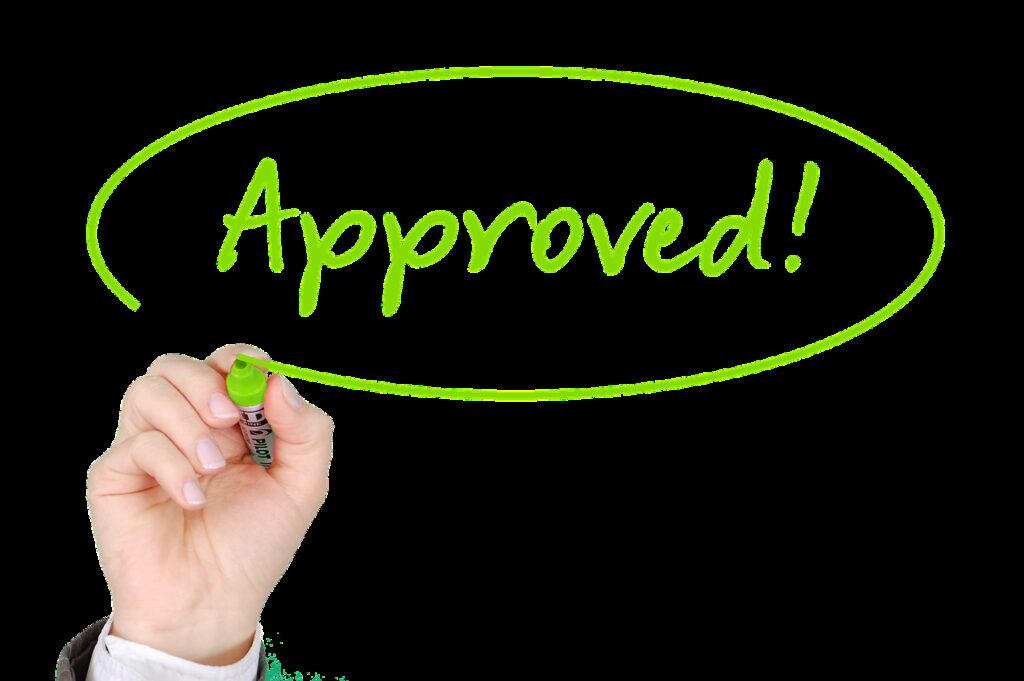Private Money Lending: A Borrower’s Checklist for Loan Approval
Private money lending is a valuable tool for real estate investors who need quick access to capital. It can also be a lifeline for borrowers who don’t meet the strict requirements of traditional lenders. However, getting a private loan approval can be a complex and challenging process, especially for those who are new to real estate investing or borrowing. Without the right guidance and checklist, many borrowers can find themselves struggling to navigate the loan application process, leading to loan rejection or delays in loan processing.
If you are a borrower looking to get a private loan approval, you need to know the essential steps and information that are critical for success. This article provides a borrower’s checklist for loan approval that can help you get organized and stay on track during the loan application process.
So, whether you are a first-time borrower or an experienced real estate investor, read on to learn how to get your private loan approval and take the next step towards achieving your investment goals.
Why is a Checklist for Loan Approval Important?
Having a checklist for loan approval can prevent problems such as loan rejection or delays in loan processing. It can help borrowers organize their loan application documents, which can save time and avoid missing any essential information. Having a checklist can also help borrowers stay on track and ensure that they meet all the necessary requirements to get their loan approved. Additionally, it can help lenders to evaluate the borrower’s application efficiently, which can lead to faster loan processing and approvals.
Overview of the Tips
Here’s an overview of the tips you need to follow:
- Check Your Credit Score
- Get Pre-Approved
- Prepare a Loan Proposal
- Submit Your Loan Application
- Provide Additional Documentation if Required
- Underwriting and Loan Processing
- Closing the Loan
Clear Benefit of Each Tip
Check Your Credit Score
Your credit score is one of the most important factors that lenders consider when approving loans. Checking your credit score before applying for a loan can help you identify any errors and take steps to improve your score if necessary. A high credit score can increase your chances of loan approval and can also help you get a lower interest rate.
Get Pre-Approved
Getting pre-approved for a loan can give you an idea of how much money you can borrow and what your interest rate will be. It can also help you avoid wasting time applying for a loan that you may not qualify for. Pre-approval can be obtained by submitting your financial information to a lender, who will evaluate your credit score, income, and debt-to-income ratio to determine your eligibility for a loan.
Prepare a Loan Proposal
A loan proposal is a detailed document that outlines your loan request, including the amount, purpose, and repayment terms. It should also include information about your financial situation, such as your income, assets, and liabilities. A well-prepared loan proposal can help you present your case to lenders and increase your chances of loan approval.
Submit Your Loan Application
Once you have a pre-approval and a loan proposal, you can submit your loan application to the lender. Your application should include all the necessary information, such as your personal and financial details, loan amount, and repayment terms. Make sure that you have provided accurate and complete information to avoid any delays in loan processing.
Provide Additional Documentation if Required
Lenders may request additional documentation to verify your income, assets, or employment. Make sure that you have provided all the necessary documents, such as tax returns, bank statements, and pay stubs. Providing complete documentation can help lenders evaluate your loan application more efficiently.
Underwriting and Loan Processing
After you have submitted your loan application, the lender will start the underwriting and loan processing. Underwriting is the process of evaluating your loan application and determining whether you meet the lender’s eligibility criteria. The lender will also assess the risks associated with your loan request, such as your credit score, income, and collateral. Loan processing involves verifying your application information and checking your documentation. The lender may also order an appraisal of the property to determine its value.
Closing the Loan
Once the lender approves your loan application, you will need to close the loan. Closing involves signing the loan agreement and other loan documents, such as the promissory note and deed of trust. You will also need to pay any closing costs, such as appraisal fees, title fees, and origination fees. The lender will then disburse the loan amount to you or the seller, depending on the loan type and purpose.

Action Steps, or Checklist to Perform
Here’s a checklist that you can use to get your loan approved:
- Check your credit score and take steps to improve it if necessary.
- Get pre-approved for a loan to determine your eligibility and interest rate.
- Prepare a loan proposal that includes all the necessary information about your loan request.
- Submit your loan application with accurate and complete information.
- Provide all the necessary documentation to verify your income, assets, and employment.
- Allow the lender to underwrite and process your loan application efficiently.
- Closing the loan by signing the loan agreement and paying any closing costs.
Examples of How to Use the Checklist for Loan Approval
Let’s look at some examples of how to use the checklist for loan approval:
Example 1:
Sarah wants to buy a rental property. Sarah checks her credit score and finds that it’s below 700. She takes steps to improve her score by paying off her credit card balances and disputing errors on her credit report. She then gets pre-approved for a loan by submitting her financial information to a lender. Based on her pre-approval, she prepares a loan proposal that includes the property details, the loan amount, and the repayment terms. She submits her loan application with accurate and complete information, and provides all the necessary documentation, such as tax returns and bank statements. The lender underwrites and processes her loan application and approves her loan. She closes the loan by signing the loan agreement and paying the closing costs.
Example 2:
John wants to renovate his primary residence. John checks his credit score and finds that it’s above 700. He gets pre-approved for a loan by submitting his financial information to a lender. Based on his pre-approval, he prepares a loan proposal that includes the renovation details, the loan amount, and the repayment terms. He submits his loan application with accurate and complete information, and provides all the necessary documentation, such as pay stubs and proof of ownership. The lender underwrites and processes his loan application and approves his loan. He closes the loan by signing the loan agreement and paying the closing costs.
Final Words
Getting a loan approval can be a complicated process, but having a checklist can make it easier. Use this checklist to organize your loan application and avoid any delays or problems. Remember to check your credit score, get pre-approved, prepare a loan proposal, submit your loan application, provide all the necessary documentation, and allow the lender to underwrite and process your loan application efficiently.
By following these steps, you can increase your chances of getting your loan approved and achieving your real estate investment goals. Do you have any other tips for getting a loan approval? Share them in the comments below!
